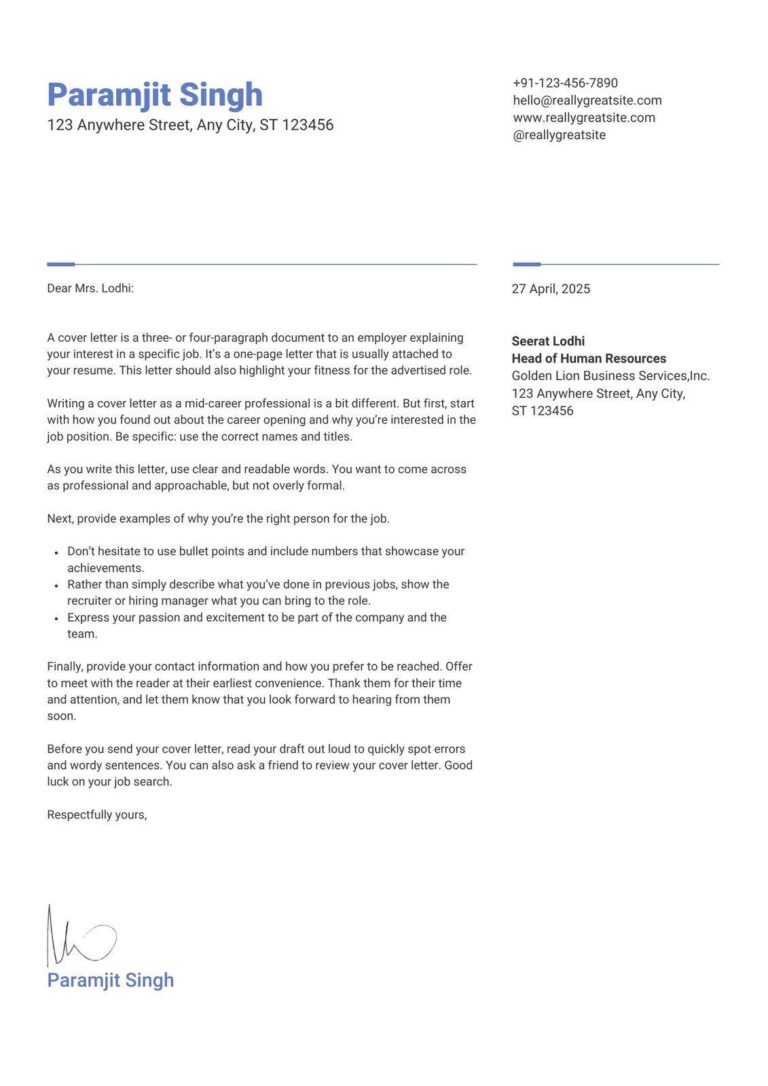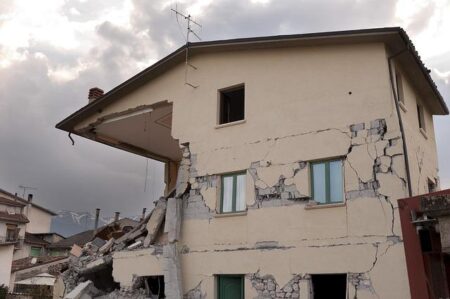Japan has raised its earthquake risk level amid growing concerns over the potential for a devastating “megaquake” in the near future. In a move aimed at enhancing preparedness, government officials have unveiled a comprehensive readiness plan designed to mitigate the impact of such a catastrophic event. As one of the most seismically active regions in the world, Japan’s heightened alert underscores the urgency of bolstering disaster response strategies to protect millions of residents and critical infrastructure. This development has sparked widespread attention both domestically and internationally, emphasizing the need for vigilance in the face of natural disasters.
Japan Elevates Megaquake Risk Level Amid Rising Seismic Activity
Recent seismic surveys indicate a significant uptick in underground tectonic movements around Japan’s major fault zones, prompting the government to raise the nation’s megaquake risk level. Experts warn that these increasing tremors could signal the approach of a large-scale earthquake, capable of unleashing catastrophic damage across metropolitan hubs, including Tokyo and Osaka. In response, authorities have intensified monitoring efforts and accelerated updates to structural codes, emphasizing resilience in both new and existing infrastructure.
The official readiness plan now outlines critical measures for citizens and local governments, focusing on rapid response and disaster mitigation. Key points include:
- Evacuation protocols: Streamlined routes and assembly points clearly defined for high-risk zones.
- Emergency supplies: Recommendations on essential items every household should maintain, such as water, food, and medical kits.
- Community drills: Regular earthquake preparedness exercises to enhance public awareness and readiness.
| Preparedness Aspect | Details |
|---|---|
| Monitoring | 24/7 seismic activity tracking via national network |
| Infrastructure | Mandatory reinforcement in high-risk regions |
| Public Awareness | Monthly alerts and educational campaigns |
Government Unveils Comprehensive Emergency Readiness Plan for Potential Earthquake
In response to growing seismic activity, Japanese authorities have elevated the earthquake risk level, signaling heightened vigilance across the nation. The newly unveiled emergency readiness plan prioritizes rapid response, public education, and infrastructure reinforcement to mitigate the potential devastation from a predicted “megaquake.” This multi-faceted strategy includes coordinated drills, improved early-warning systems, and enhanced resource allocation to ensure communities are better prepared for any seismic event.
The key components of the plan are outlined below, aiming for maximum efficiency and public safety:
- Early Warning Updates: Integration of real-time monitoring sensors with nationwide communication networks.
- Community Training: Regular disaster preparedness workshops and evacuation drills.
- Infrastructure Upgrades: Retrofits for bridges, schools, and hospitals to withstand intense shaking.
- Emergency Supply Stockpiling: Distribution centers stocked with food, water, and medical essentials.
| Emergency Measure | Target Completion | Status |
|---|---|---|
| Early Warning Network Expansion | December 2024 | In Progress |
| Public Evacuation Drills | Ongoing | Monthly |
| Infrastructure Resilience Checks | March 2025 | Planning Stage |
| Emergency Supplies Distribution | September 2024 | Completed |
Key Safety Measures and Public Guidelines to Prepare for Japan’s Megaquake Threat
In light of the heightened risk assessment, authorities urge residents to adhere strictly to updated safety protocols to mitigate the impact of an anticipated megaquake. Key recommendations include maintaining an emergency supply kit with essentials such as water, non-perishable food, first aid, and necessary medication. Furthermore, securing heavy furniture and appliances is strongly advised to reduce injury risk during tremors. Public shelters have been identified and clearly marked in local communities, with regular drills scheduled to ensure readiness.
Essential safety tips for citizens:
- Practice “Drop, Cover, and Hold On” during tremors
- Keep identification documents and emergency contacts accessible
- Establish a family communication plan for post-quake scenarios
- Avoid using elevators and roads vulnerable to collapse immediately after quakes
- Stay informed through official government and meteorological updates
| Preparedness Item | Recommended Quantity | Purpose |
|---|---|---|
| Water | 3 litres per person per day (3-day supply) | Hydration |
| Non-perishable Food | 3-day supply | Nutrition during outages |
| Flashlight & Batteries | 1 each | Visibility during power failure |
| First Aid Kit | 1 complete kit | Immediate medical care |
| Portable Radio | 1 unit | Receiving emergency broadcasts |
To Wrap It Up
As Japan heightens its alert with the release of a comprehensive readiness plan amid concerns of a potential “megaquake,” authorities urge residents to stay informed and prepared. With seismologists warning of increased risk levels, the nation faces a critical moment in disaster management. Continued vigilance and adherence to safety protocols will be essential as Japan braces for what could be one of the most significant seismic events in its history.




